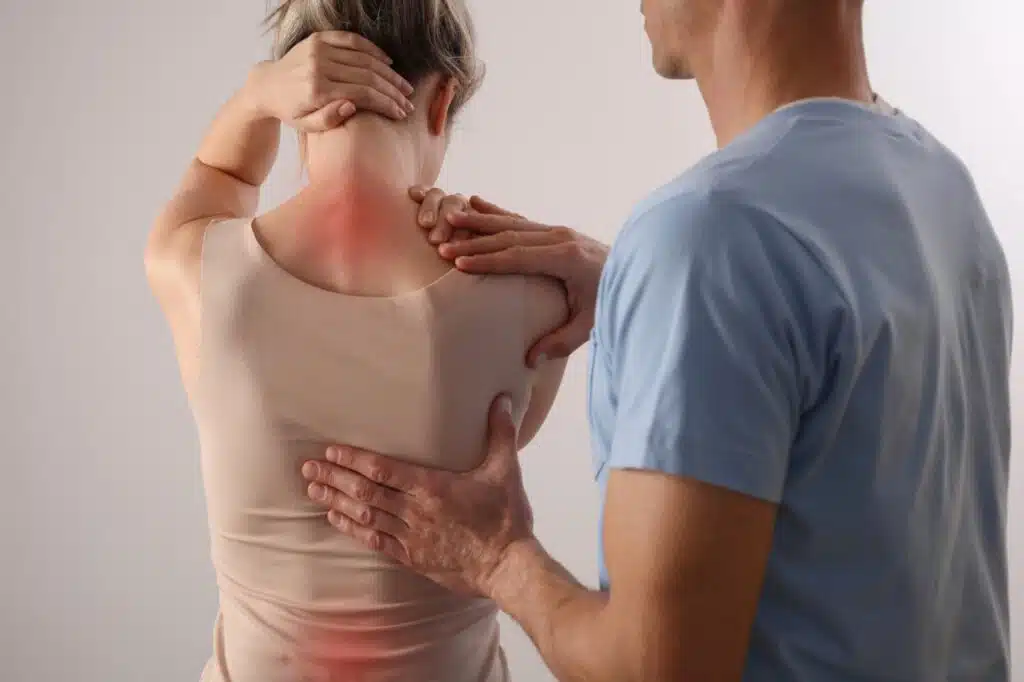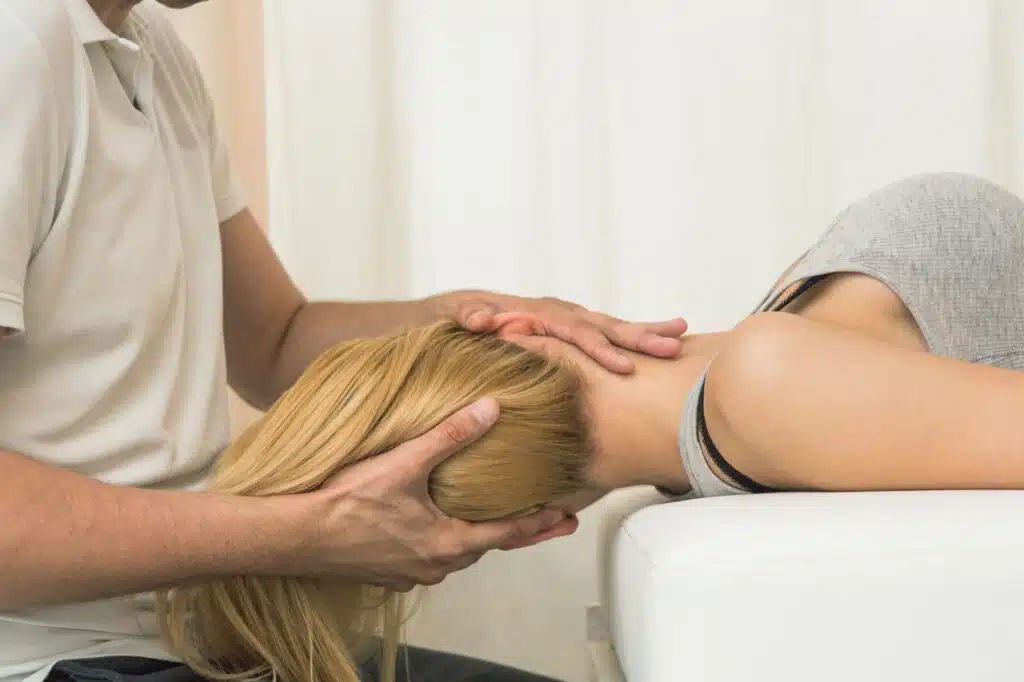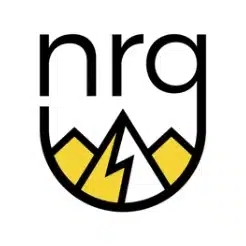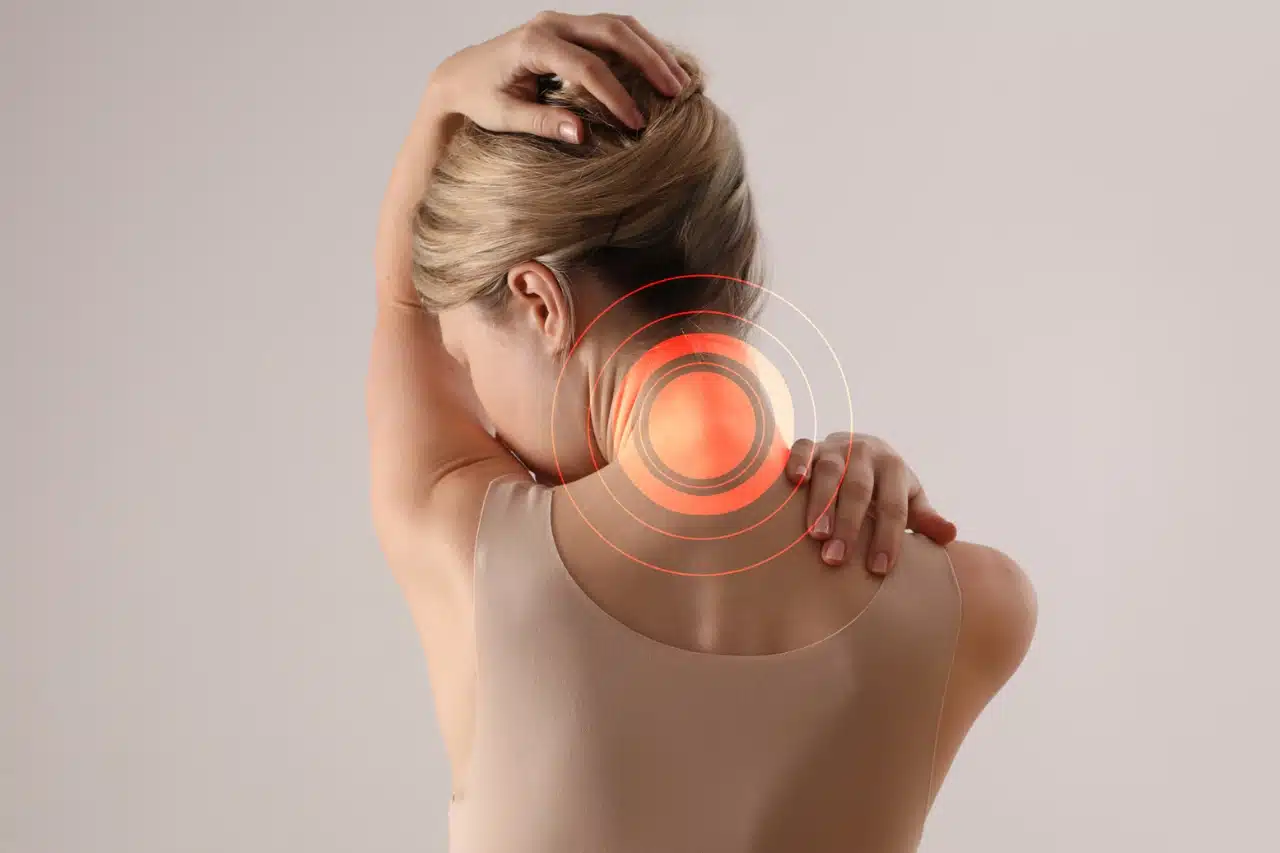Headaches: A Common Ailment with Significant Impact
Headaches, one of the most common health complaints, affect millions of people worldwide. In Canada alone, a significant portion of the population experiences headaches at some point in their lives, ranging from mild discomfort to debilitating pain. The impact of headaches extends beyond the physical symptoms; they can disrupt daily activities, reduce productivity, and lower the quality of life.
While there are various methods to manage and treat headaches, one often overlooked option is chiropractic care. This article aims to shed light on how chiropractic treatments can be a vital part of the solution for those suffering from headaches.
Chiropractic Care: A Potential Solution for Headache Relief
Chiropractic care, with its non-invasive and drug-free approach, offers a unique perspective on the treatment of headaches. It focuses on the musculoskeletal and nervous systems, addressing the root causes of headaches rather than just alleviating the symptoms. This comprehensive approach ensures that patients receive all-out care that can lead to lasting relief.
In the following sections, we will delve deeper into the types of headaches, explore the chiropractic approach to treating them, and compare chiropractic care with other treatment methods. We will also hear from experts in the field and provide practical tips for those seeking relief from headaches.
Understanding Headaches
Types of Headaches: A Diverse Range of Pain
Headaches come in various forms, each with its own set of characteristics and triggers. The three most common types are:
- Tension Headaches: Often described as a constant, dull ache on both sides of the head. These are typically caused by muscle tension in the neck and scalp due to poor posture or stress.
- Migraines: Characterized by throbbing pain, usually on one side of the head. Migraines are often accompanied by sensitivity to light and sound and, in some cases, visual disturbances known as auras. Triggers can include hormonal changes, certain foods, and environmental factors.
- Cluster Headaches: These are intense, piercing headaches occurring in patterns or clusters. They are less common but extremely painful, usually centred around one eye.
Causes and Triggers of Headaches
Understanding what triggers a headache is crucial for effective treatment and prevention. Common causes include:
- Stress: One of the leading triggers for tension headaches.
- Environmental Factors: Such as bright lights, loud noises, or weather changes.
- Lifestyle Factors: Including irregular sleep, poor posture, or dehydration.
- Dietary Triggers: Certain foods and drinks, like caffeine and alcohol, can induce headaches.
Recognizing these triggers can help in managing and preventing headache episodes.
Chiropractic Approach to Headache Treatment
Principles of Chiropractic Care
Chiropractic treatment emphasizes the vital role of maintaining and optimizing the body’s musculoskeletal system, with a special focus on spinal health, to foster the body’s natural recuperative processes. This approach involves a range of hands-on techniques that aim to enhance joint function and support tissue health, addressing restrictions and imbalances that can contribute to discomfort or decreased mobility. Through these methods, chiropractors support the body’s intrinsic ability to heal and maintain health, reducing the reliance on medication or invasive interventions.
How Chiropractic Treatment Addresses Headache Causes
Chiropractors focus on understanding the underlying factors contributing to headaches. For example, issues in spinal health can result in muscle tension and nerve discomfort, which are often linked to common types of headaches like tension headaches and migraines. Through enhancing spinal health and function, chiropractors work to alleviate these root causes, thereby reducing the impact on the nervous system and effectively addressing headache symptoms.
Treatment Techniques in Chiropractic Care
Hands-On Therapy Techniques
A central aspect of chiropractic care involves specific hands-on techniques focused on the spine. These techniques are designed to enhance spinal health and overall overall health. They involve a precise, controlled application to the spinal area to support its optimal functioning. Additional hands-on methods in chiropractic care may include:
- Massage Therapy: To relax tense muscles and improve blood flow.
- Mobilization and Adjustments: Moving and stretching the joints and muscles to increase the range of motion.

Other Chiropractic Modalities for Headache Relief
In addition to manual therapy, chiropractors may use:
- Ultrasound Therapy: Which can reduce stiffness and pain.
- PNF Stretching: Proprioceptive Neuromuscular Facilitation stretching is used to enhance both active and passive range of motion for improved muscular function.
Lifestyle and Preventive Measures
Dietary Recommendations
What we eat significantly impacts our health, including the frequency and intensity of headaches. Chiropractic care often emphasizes the importance of a balanced diet. Some dietary tips include:
- Stay Hydrated: Dehydration can trigger headaches. Drinking adequate water is essential.
- Limit Caffeine and Alcohol: Both can contribute to headaches when consumed in excess.
- Incorporate Magnesium-Rich Foods: Magnesium, found in foods like almonds, spinach, and bananas, can help in preventing migraines.
- Avoid Processed Foods: These often contain preservatives and additives that can trigger headaches.
Stress Management Techniques
Stress is a common trigger for headaches, making stress management an essential part of preventive care:
- Regular Exercise: Activities like walking, yoga, or swimming can reduce stress.
- Mindfulness and Relaxation: Techniques such as meditation or deep-breathing exercises can help in managing stress.
- Adequate Sleep: Maintaining a regular sleep schedule can reduce the likelihood of stress-induced headaches.
Ergonomics and Posture Tips
Poor posture can lead to tension headaches. Some tips to improve posture include:
- Adjust Your Workspace: Ensure that computer screens are at eye level and chairs support the lower back.
- Take Regular Breaks: Stretch and change positions frequently when sitting for long periods.
- Mindful Posture: Be aware of and correct slouching habits.
Comparing Chiropractic Care with Other Treatments
Pharmaceuticals
While medication is a common approach to treating headaches, it often provides only temporary relief and can have side effects. On the other hand, chiropractic care aims to treat the root cause of headaches without the need for drugs.
Physical Therapy
Physical therapy, like chiropractic care, focuses on the physical aspects of headache treatment, such as improving posture and strengthening muscles. However, chiropractic care distinctively focuses on optimizing spinal health and nerve function.
Alternative Treatments like Acupuncture
Acupuncture, another non-invasive treatment, involves inserting needles at specific points on the body to alleviate pain. While it can be effective for some, chiropractic care offers a more comprehensive approach, focusing on overall musculoskeletal health.
Expert Insights
Interviews with Chiropractors and Neurologists
Incorporating insights from healthcare professionals significantly enriches our understanding of chiropractic care in the context of headache relief. Chiropractors, with their extensive knowledge of the musculoskeletal system, and neurologists, experts in the nervous system and brain, both acknowledge the importance of addressing the physical contributors to headaches. These interviews, along with case studies like the one conducted at a tertiary care hospital integrating chiropractic and standard neurological care for migraine treatment, reveal a consensus on the benefits of chiropractic techniques. This integrated approach has shown improvements in pain scores, increased pain-free days, decreased medication usage, and improved overall patient well-being, exemplifying the potential of chiropractic care as part of a comprehensive approach to treating and managing headaches.
Discussion of Recent Research Findings
Recent studies have shown promising results in the effectiveness of chiropractic care for headache relief, particularly for tension headaches and migraines. These findings reinforce the potential of chiropractic care in providing long-term relief.

When to Seek Professional Help
Guidelines for Recognizing Serious Headache Conditions
While many headaches are not indicative of serious medical conditions, it’s crucial to recognize when a headache could be a sign of something more serious. Warning signs include:
- Sudden Onset: A severe headache that appears suddenly.
- Change in Pattern: A significant change in headaches’ frequency, severity, or characteristics.
- Accompanying Symptoms: Issues like vision loss, difficulty speaking, or weakness on one side of the body.
- Non-Responsive to Medication: Headaches that do not respond to over-the-counter medications.
If any of these symptoms are present, it is important to seek immediate medical attention.
Importance of Professional Diagnosis
Self-diagnosis and treatment can often lead to mismanagement of the condition. Professional healthcare providers, including chiropractors, can perform comprehensive evaluations to identify headaches’ exact type and cause. They can then tailor a treatment plan that best suits the individual’s needs, ensuring both safety and effectiveness.
Conclusion
Headaches, while common, can significantly impact the quality of life. Chiropractic care offers a promising, drug-free approach to relieving headache pain and treating the underlying causes. We encourage anyone suffering from chronic headaches to consider chiropractic care as part of their treatment plan. With its focus on non-invasive techniques, chiropractic care can be valuable in managing and potentially alleviating headaches.
Reference:
“Chiropractic Technique: Principles and Procedures” by Thomas F. Bergmann and David H. Peterson
- This book provides comprehensive insights into chiropractic techniques, including those relevant to headache treatment. It offers over 700 photos and line drawings to illustrate adjustive procedures and spinal and muscle anatomy and includes up-to-date research studies and methods for validating manual therapy.
“Foundations of Chiropractic: Subluxation” by Meridel I. Gatterman
- This book, now in its second edition, is the first research-based text on the topic of chiropractic subluxation. It examines the link between joint dysfunction, theories of its effects, and the clinical syndromes observed in practice, presenting scientific evidence for indications and contraindications of subluxation.
Evidence-based Guidelines for Chiropractic Treatment of Adults with Headache
- Study providing evidence-informed practice recommendations for chiropractic treatment of headache in adults.
- Link: PubMed
The Management of Common Recurrent Headaches by Chiropractors: A Descriptive Analysis of a Nationally Representative Survey
- Reports on the prevalence of headache patients in chiropractic practice and the approaches used by chiropractors.
- Link: BMC Neurology






0 Comments